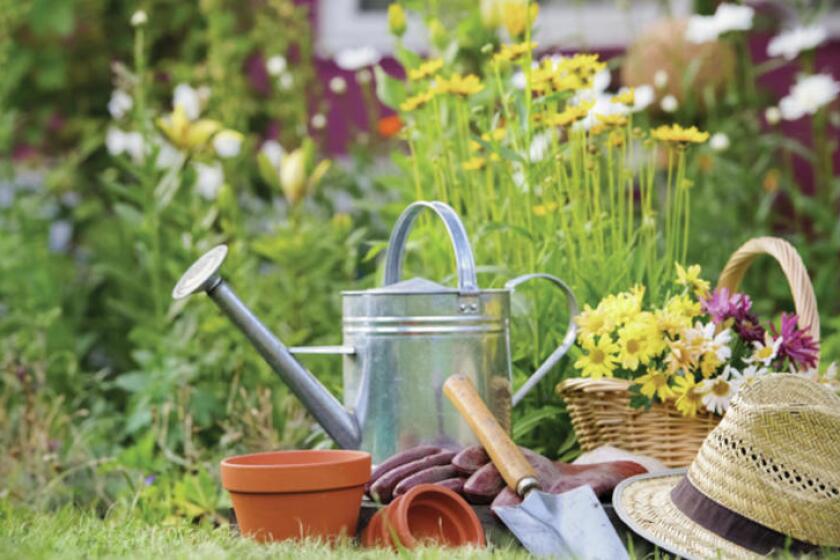When you entered our home this summer, the smell of dill was overwhelming and wonderful. The fragrance came from drying dill fronds hanging upside down in the front closet. This was the first year I’ve tried to dry herbs. I discovered drying herbs is fun and seems to make summer last longer. Dried herbs will spice up your meals long after the summer growing season is over.
There are several ways to preserve herbs. While freezing herbs is an option, we’ll concentrate on four different methods for drying herbs: air drying, drying in the oven, drying in the microwave and using a food dehydrator.
You can find fresh herbs now at local farmers’ markets and stores. If you grow your own herbs, be sure to pick them in the morning, after the dew disappears and before the sun gets hot. Ideally, herbs should be harvested when they have buds, but before the flowers open. Wash the herbs under cool water and drain them on a paper towel.
Indoor air drying is the easiest and is best for herbs like sage, thyme, dill, oregano and rosemary. Tie the stems of the herbs or use a rubber band to make small bunches and then hang them upside down in a dry place that has good ventilation. To preserve the color of the herbs, dry them in a dark place. You can place them in paper bags to catch any seeds and to keep them dust-free. If you use this method, remember to have the bags loose, so the herbs do not touch the bag. Ventilate the bag with holes or slits. The process is finished when the leaves are dry and crumbly, normally about two to four weeks.
Oven drying is faster than air drying. Turn the oven to 180 degrees or lower and place the herbs in a single layer on a shallow pan. Keep the oven door propped open two to four inches. Dry for three to four hours. Reposition the herbs occasionally during the process.
ADVERTISEMENT
Microwave drying works well for herbs, such as parsley, basil and celery, or any herbs being dried in small quantities. Use no more than 1,000 watts of power. Put four or five herb branches in a single layer on a paper towel, cover with another paper towel and microwave for two to three minutes per cup. Rotate the herbs and be sure to check on the herbs every 30 seconds -- I had a paper towel catch fire in the microwave when I wasn’t attentive enough.
A food dehydrator works great for drying herbs. The process is fast, easy and controllable. Rely on your food dehydrator instructions.
Once the herbs are dried, place them in airtight containers. Dried herbs last for three months in the cupboard and up to a year in the refrigerator or freezer. For recipes requiring one tablespoon of fresh herbs, use a generous one-fourth teaspoon of ground or one teaspoon of crumbled dried herbs.
These local garden articles will reach you each week throughout the gardening season, but gardening information can be found year-round by clicking on "Yard and Garden” at the University of Minnesota Extension website, www.extension.umn.edu , or by visiting our Facebook page at www.facebook.com/Beltramicountymastergardeners .
Local Master Gardeners will respond to questions via voicemail. Call (218) 444-7916 , and leave your name, number and question.








